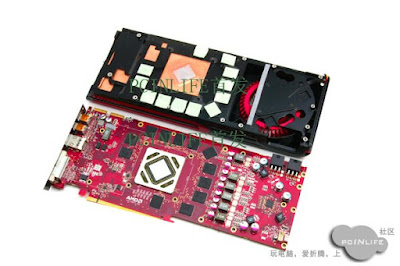Nintendo has confirmed that it will be showcasing the Nintendo Wii U at the upcoming CES 2012 conference, but don’t expect the company to allow anyone to try it out, as the Nintendo mentioned that it will be available only for media members and no new content, besides the things shown at E3 2011, will be present.
The Nintendo Wii U was originally announced back in summer at E3 2011, when the Japanese company finally presented its new console, which should put it on equal footing with the likes of Sony or Microsoft, and their PlayStation 3 or Xbox 360, respectively.
Since then, however, we haven’t heard lots of other details, besides a confirmation that the ‘final version’ of the device will be presented at E3 2012, leaving rumors about its actual hardware configuration to start popping up around the web.
Now, Nintendo has confirmed that it will be attending the CES 2012 show, in order to present the Wii U to media representatives who didn’t get a chance to try out six months ago.
"Nintendo of America, working with the 2012 International CES management, will offer demos of the upcoming Wii U console to members of the media who did not see the system at the 2011 E3 Expo," the company told Joystiq.
Unfortunately, the company also said that regular CES attendants won’t be able to try out, and media members won’t even get to see anything new, as Nintendo isn’t bringing any new experience besides the ones it already presented at E3.
"Nintendo will not have a booth at CES, nor does it plan to include any games, experiences or information beyond what was available at the 2011 E3 Expo," the company added.
As such, regular consumers should still make sure to attend next year’s E3 expo, if they want to check out the Nintendo Wii U before its possible released in the second half of 2012.



 12/21/2011 11:59:00 PM
12/21/2011 11:59:00 PM
 dannzfay
dannzfay






























